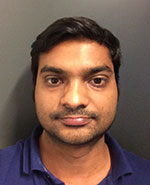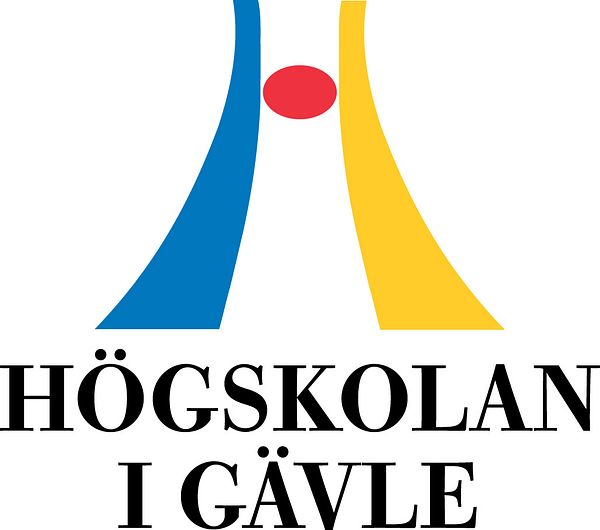Press release -
5G demands more powerful amplifiers
The 5th generation of wireless systems will demand a large number of amplifiers and we attempt to find simple solutions to optimize these,” Zain Ahmed Kahn, researcher at the University of Gävle, says.

Like shouting from a great distance
Amplifiers are used because wireless signals are not very strong in themselves and weaken over long distances.
“It’s like when someone speaks from a great distance. We can hardly hear them, but if we place a microphone in front of them, they can be heard, so we can say that the amplifier functions like a microphone,” Zain Ahmed Kahn says.
“The solutions in use are now up to 20-30 years old,” Zain explains, “and they are not adapted to the demands of wireless communication today.”
In old-fashioned technology, an antenna is used to transmit and receive signals, but 5G requires hundreds of antennas and base stations, so 5G will demand the use of hundreds of amplifiers operating simultaneously.
“Solutions today are often very complex, and for this reason we are trying to find simple solutions for a large number of amplifiers because then less processing power will be needed and we will save electric power and money.”
The big cell towers
If researchers can develop simpler solutions, millions of people will not need to charge their mobile phones as often, and society will save electricity.
Zain adds that the big cell towers and the electricity they demand are major concerns.
“If we manage to reduce energy consumption in these big towers, we will save a great deal of energy,” Zain Ahmed Kahn concludes.
----------------------------------------------
Zain Ahmed Kahn defends his doctoral dissertation Characterization and Compensation of Hardware Impairments in Transmitters for Wireless Communications on Thursday 18 October at 1pm in room 12:108 (Lilla Jadwigasalen) at the University of Gävle.
External reviewer: Professor Mikko Valkama, Tampere University of Technology
Supervisor: Professor Magnus Isaksson, University of Gävle and professor Peter Händel, KTH
----------------------------------------------
For more information, please contact:
Zain Ahmed Kahn, doctoral student in electronics at the University of Gävle
Phone: 026-64 50 79
E-mail: zain.ahmed.kahn@hig.se
Text: Douglas Öhrbom
Photo: Private
Topics
- Telecom
Categories
- amplifier
- wireless systems
- elektronics
- 5g
- zain ahmed kahn
- research
- sustainable living environment
- university of gävle
Education and Research at a Scenic Campus.
The University of Gävle has approximately 17 000 students, more than 50 study programmes and second-cycle programmes, about 1 000 courses in humanities, social and natural sciences and technology.
Research Profiles
Built Environment and Health-promoting Working Life are the general research profiles of the higher education institution. Important parts included are Spatial Planning with a specialisation in Sustainable Built Environment and Musculoskeletal Disorders with the purpose to prevent work-related injuries. In 2010, the higher education institution received permission to carry out third-cycle programmes in the profile area of Built Environment.
The higher education institution has applied for permission to carry out third-cycle programmes in technology, humanities and social sciences.
